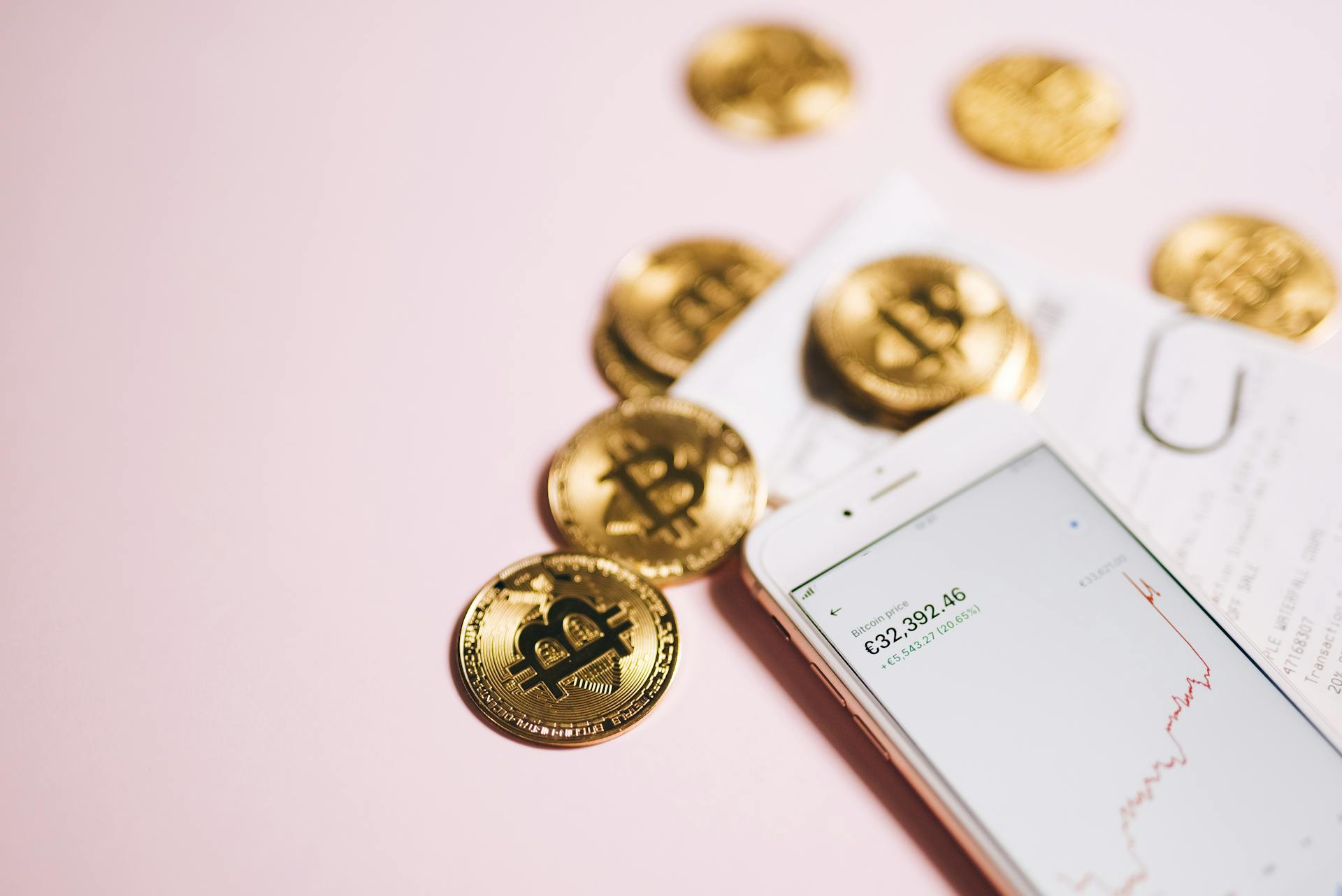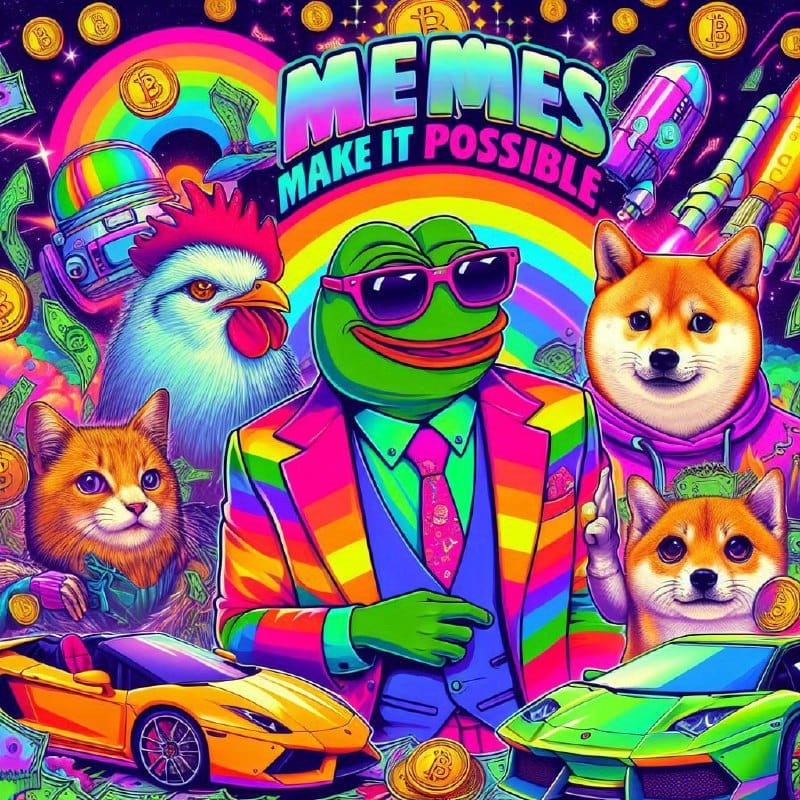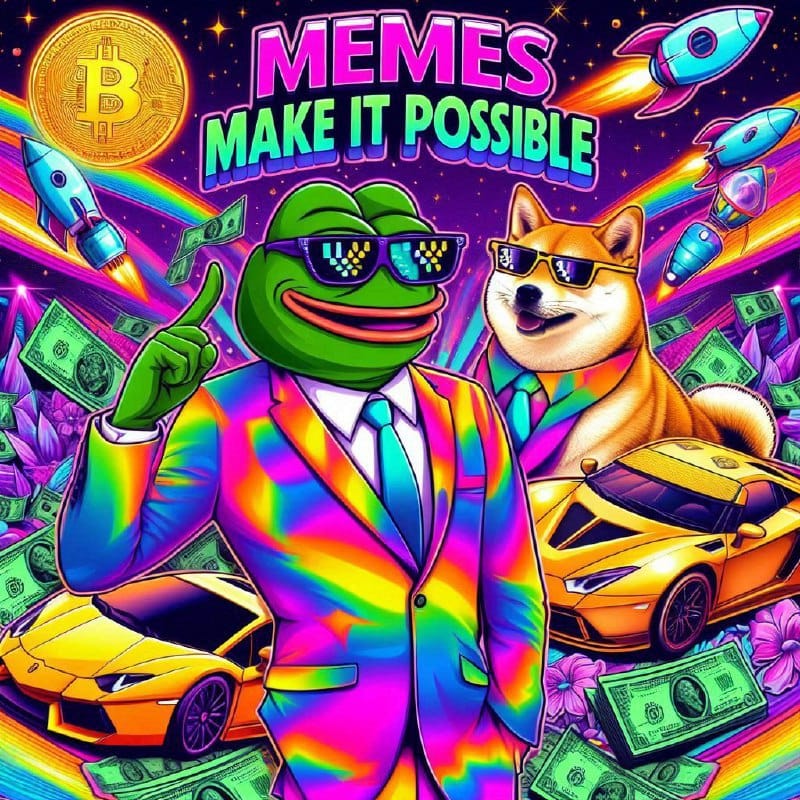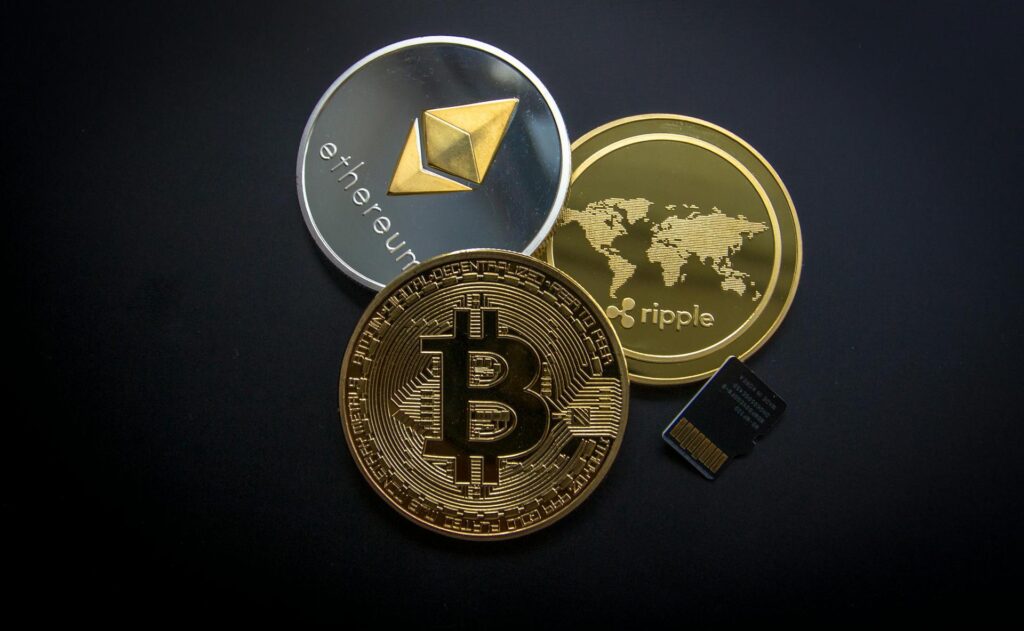Introduction
Solana, a high-performance blockchain platform, has gained significant attention in the cryptocurrency world. Its native token, SOL, plays a crucial role in the ecosystem’s operations and economics. Understanding Solana’s tokenomics—the economic model governing its supply and demand—is essential for investors and enthusiasts. This article delves into Solana’s tokenomics, examining its total supply, issuance rate, and distribution mechanisms. Additionally, we analyze how these factors influence its market value and scarcity, comparing it to other leading cryptocurrencies like Bitcoin and Ethereum.
Total Supply and Issuance Rate
Total Supply
Solana has a total maximum supply of approximately 511 million SOL tokens. This supply is not fixed like Bitcoin’s 21 million, but it is capped, which provides a level of predictability for investors regarding the ultimate supply limit. The total supply can influence the token’s scarcity and, consequently, its market value.
Issuance Rate
Solana’s issuance rate refers to the rate at which new SOL tokens are introduced into the market. Initially, Solana’s issuance rate was relatively high to incentivize network participation and staking. Over time, the network is designed to reduce this rate. The current inflation rate is set to decrease gradually, targeting long-term stability and minimizing inflationary pressures.
Distribution Mechanisms
Initial Token Distribution
During Solana’s initial coin offering (ICO) and subsequent funding rounds, a significant portion of SOL tokens was allocated to private investors, the Solana Foundation, and the development team. This initial distribution helped bootstrap the network’s development and growth but also concentrated a substantial number of tokens in a few hands.
Staking Rewards
Solana employs a proof-of-stake (PoS) consensus mechanism, where validators are rewarded with SOL tokens for securing the network and processing transactions. Staking rewards are a primary means of new token distribution, incentivizing participants to contribute to the network’s security and decentralization.
Token Burns
To counteract inflation, Solana implements a mechanism known as token burning, where a portion of transaction fees is permanently removed from circulation. This deflationary mechanism helps maintain the token’s scarcity over time, supporting its market value.
Market Value and Scarcity
Influence of Tokenomics on Market Value
Solana’s tokenomics play a pivotal role in its market value. The balance between issuance rate and demand, influenced by the network’s growth and usage, determines SOL’s price dynamics. A decreasing issuance rate, coupled with increasing adoption and utility, can lead to higher scarcity and, consequently, a higher market value.
Comparison to Bitcoin and Ethereum
- Bitcoin: Bitcoin’s tokenomics are defined by its fixed supply of 21 million BTC and a predictable halving schedule that reduces the issuance rate every four years. This strict scarcity model has contributed significantly to Bitcoin’s value as a digital store of value.
- Ethereum: Ethereum, currently transitioning to Ethereum 2.0, has a more flexible supply model. Its total supply is not capped, but the introduction of EIP-1559 has implemented a deflationary mechanism by burning a portion of transaction fees, reducing the net issuance rate.
Solana’s approach is somewhat between Bitcoin and Ethereum. It has a capped supply like Bitcoin, but its issuance rate and deflationary mechanisms are more flexible and adaptive, similar to Ethereum’s evolving model.
Key Factors Influencing Solana’s Demand
Technological Advancements
Solana’s high throughput, low transaction fees, and fast finality have made it a popular choice for decentralized applications (dApps) and decentralized finance (DeFi) projects. Continuous technological advancements and network upgrades can drive higher demand for SOL tokens as more projects and users migrate to the platform.
Ecosystem Growth
The growth of the Solana ecosystem, with an increasing number of dApps, DeFi protocols, and NFT platforms, directly impacts SOL’s demand. A vibrant and expanding ecosystem attracts more users and developers, driving up the demand for SOL tokens for transaction fees, staking, and other uses.
Institutional Adoption
The interest and investment from institutional players can significantly boost Solana’s demand. Institutional adoption brings liquidity, credibility, and stability to the market, encouraging more widespread usage and investment.
Conclusion
Understanding Solana’s tokenomics is crucial for comprehending its market dynamics and potential value. The interplay of total supply, issuance rate, distribution mechanisms, and deflationary strategies shapes Solana’s scarcity and market value. Compared to Bitcoin’s fixed scarcity and Ethereum’s evolving model, Solana presents a hybrid approach with adaptive mechanisms. As technological advancements, ecosystem growth, and institutional adoption continue to influence its demand, Solana’s tokenomics will remain a critical factor in its long-term success.
For more in-depth analyses and updates on Solana and other cryptocurrencies, visit Degen Dude.




